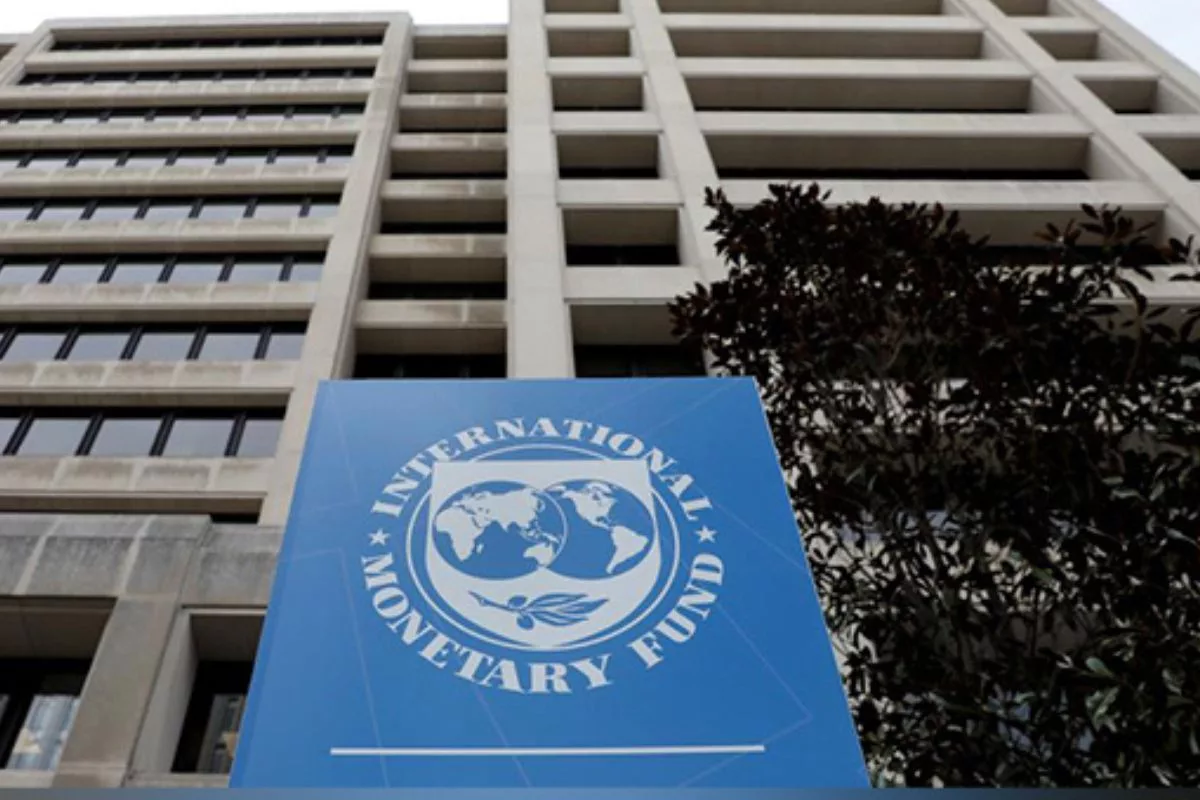Digital Infrastructure In India Is Worth Emulating By Nations: IMF
India has created a world-class digital public infrastructure (DPI) to support sustainable development with lessons for countries embarking on digital transformations.

Digital Infrastructure In India Is Worth Emulating By Nations: IMF
IMF noted that digitalization has helped formalize the Indian economy, and Aadhaar has reduced leaks while facilitating direct payment transfers to beneficiaries.
During the Covid-19 pandemic, India was able to provide support quickly to a large share of poor households through this digital infrastructure.
As a result of demonetization, UPI usage increased. Through Aadhaar, government workers will access social security net payments directly from the treasury’s accounts to beneficiaries’ bank accounts, which will reduce leakages, curb corruption, and help increase household coverage.
As per Indian government estimates, up to March 2021, digital infrastructure and other governance reforms saved around 1.1 per cent of GDP in expenditures.
During the pandemic, India responded quickly to an impressive share of poor households using this digital infrastructure. It consists of interoperable open standards, specifications, applications, and platforms built upon a foundation of digital building blocks.
It enables various public and private services with paperless, cashless, and privacy-respecting online access. This investment has benefitted the nation and served India well during the pandemic.

The study found that 87 per cent of low-income families received at least one benefit during the first month of the Covid-19 pandemic.
India Stack has been used to promote innovation, competition, market expansion, financial inclusion, government revenue collection, and public expenditure efficiency.
Through digital payments, smaller merchants have access to financing, can document their cash flow, and have expanded their customer bases. In August 2021, the Account Aggregator was released, facilitating easy access to financial services for over 4.5 million individuals and businesses.
Digitalization has recently benefited tax revenues, with around 8.8 million taxpayers registering for the GST between July 2017 and March 2022.
There is a streamlined approach to delivering government services; citizens can access documents from the state and federal governments online.
By digitizing and simplifying Know Your Customer procedures, the India Stack has lowered compliance costs; banks that use e-KYC paid 6 cents instead of $12 for compliance.
As a result, the lower cost of service made clients of lower income more appealing to service, resulting in new products being developed since profits were generated.
Those embarking on a digital transformation can learn from India’s journey. An essential goal of India Stack’s development is to support innovation at every level of the ecosystem, using a foundational building blocks approach.
An alternative to the building block approach is to identify a minimal common core for a solution that unbinds the components of a set of problems.
A modular approach encourages innovation by allowing solutions to be built around a common core to solve multiple problems.
A building block approach provides the essential tools when designing solutions for a large and diverse country like India. It is imperative that the DPIs interoperate and the design is competitive to support a vibrant ecosystem.

As the India Stack is open-source, anyone can access its functionality through interoperability. The Covid-19 vaccine and distribution platform, CoWIN, employs these same principles in other DPIs in education and health.
The government played a catalytic role in using these institutions to ensure the continuity of India Stack’s operations. The DPI platform illustrates a two-sided market with increasing value for both sides as the participant number increases.
With the DPI, the government provided social benefits, enticing people to take advantage of them and giving service providers the comfort of having access to a large client pool.
Secondly, the government pushed for using technology as ‘utilities’ and established a non-profit not-for-profit company category (National Information Utilities).
Among these companies is the National Payments Corporation of India, an initiative of the Reserve Bank of India and the Indian Banks Association that coordinates retail payments and settlements.
It’s a way to balance reducing monopoly rents while providing these services efficiently and effectively, free of the problems big government projects often face with human resources and procurement.
Aadhaar was developed based on the lessons from the tax administration’s pioneering role in implementing tax ID (PAN). It also noted that enabling policies in the financial and telecommunications sectors contributed to India Stack’s adoption.
As a result of a government initiative introduced in 2014, a no-frills, low-cost bank account was made available to more individuals. This program targeted the underserved, mainly rural women.
Since August 2022, 462.5 million bank accounts have been opened in urban and rural areas. Demonetization interrupted traditional payment methods but led to more people using UPI. A competitive, open, and affordable telecommunications market resulted from solid policies, including foreign investment liberalization.
In the paper, some aspects of India’s journey would be difficult to replicate elsewhere, but they are optional to success. Since India’s internal labour market had high levels of IT capability, in-house development of Aadhaar was feasible.

In addition, this prevented India from becoming locked into a single vendor and prevented interoperability and meant that sufficient resources were required to maintain and develop the infrastructure.
According to the IMF paper, other countries have faced this challenge differently, including utilizing open-source software shared among countries as digital public goods.
The adoption of DPI in governments with shallower IT capacities is made possible by resource and knowledge-sharing initiatives. Also, some aspects of India’s context may only apply to some countries.
A smartphone and a bank account are required to use India Stack to its full potential. Other countries with low smartphone adoption and no bank access are dominated by mobile money systems that can be used on feature phones to make payments.
India Stack needs to overcome many challenges to maximize its potential. Despite significant progress, the need for digital literacy continues to be an issue in India. There are clear geographic, gender, and income divides in the digital divide.
In rural areas, only 14.9% of residents have access to the Internet, compared to 42.1% in urban areas. A higher percentage of low-income women are digitally illiterate. Public access outlets, where users can access government services, are being supported to address this issue by the authorities through various training initiatives.
A working paper stated that UPI is also being explored on feature phones and offline. India still needs comprehensive data protection legislation.
A robust data protection framework is crucial for protecting citizens’ privacy, preventing government and company indiscriminate data collection, and holding governments and companies accountable for data breaches so they can invest in cybersecurity and handle data appropriately.
According to the IMF paper, DPI can also help strengthen social assistance resilience. Data can be exchanged between Aadhaar schemes across states, for instance.

India could also use the DPI to improve its fiscal reporting timeliness, quality, and coverage of its federal government budgetary reports, a critical factor in enhancing public sector accountability.
IMF Senior Representative to India Luis E Breuer posted a tweet that stated that India’s digital public infrastructure had transformed the lives of its people. It is a model for many countries to learn from, as India’s public digital infrastructure is a great example. Based on findings by @IMFnews, it is transforming economies and lives.




